South Korea, long celebrated for its rapid economic growth, cutting-edge technology, and cultural global influence, is now confronting a silent yet monumental crisis: a population crash of unprecedented scale. A newly released study by the Korean Peninsula Population Institute for Future paints a grim picture of the country’s demographic trajectory, projecting a staggering 85% population decline by the year 2125 if current trends continue.
This alarming forecast underscores South Korea’s deep-rooted struggle with ultra-low birth rates, an aging populace, and the socio-economic pressures that are dissuading younger generations from starting families.
The institute’s report, published on July 2, reveals that even under the most optimistic scenario, South Korea’s population will fall to 15.73 million by 2125 – less than one-third of its current population of approximately 51.68 million. The median projection is even more sobering, putting the 2125 population at 11.15 million. In the worst-case scenario, that number collapses to just 7.53 million, smaller than Seoul’s current metropolitan population of over 9.3 million.
These figures are not speculative guesswork. The study employs the cohort-component method, a globally recognized model that projects population changes based on three core variables: fertility, mortality, and migration. And while each of these factors plays a role, it is South Korea’s plummeting birth rate that lies at the heart of the looming crisis.
As of 2024, South Korea’s total fertility rate – the average number of children born to a woman in her lifetime – stands at just 0.75. This is far below the replacement level of 2.1, the rate needed to maintain a stable population in the absence of immigration. South Korea holds the world’s lowest fertility rate, a dubious distinction that it has maintained for several years running.
A key reason for the fertility decline is the compounding generational effect: each successive cohort is smaller than the last, meaning fewer women are of childbearing age. As the pool of potential parents shrinks, so too do the number of births, perpetuating a self-reinforcing cycle of demographic decline.
This decline is accompanied by a rapidly aging population. South Korea is on track to become what demographers call a “super-aged” society, in which more than 20% of the population is over 65. The study warns that in 75 years, there could be 140 seniors aged 65 or older for every 100 working-age individuals (aged 15-64). Today, that ratio is roughly 30 seniors per 100 workers.
This inversion of the population pyramid poses a serious threat to the country’s economic and social stability. A smaller workforce will be tasked with supporting a ballooning elderly population, straining healthcare systems, pension funds, and public services. Productivity may decline, innovation could slow, and economic growth might stagnate.
The study also sheds light on shifting social values among South Korea’s younger generations. According to surveys cited in the report, financial security – especially access to affordable housing – has overtaken emotional or romantic considerations in decisions about marriage and parenthood. Many young South Koreans now see love as secondary to financial viability when contemplating marriage.
This growing emphasis on money and housing reflects broader economic anxieties. Youth unemployment remains high, real estate prices in major cities like Seoul are prohibitively expensive, and job security in a fiercely competitive labor market is elusive. As a result, many South Koreans in their 20s and 30s are delaying or forgoing marriage and children altogether.
“The decision not to have children is no longer a matter of personal preference alone,” the report notes. “It is a rational response to economic constraints.”
The South Korean government has spent billions in recent years trying to reverse the fertility decline, with little to show for it. Subsidies for childbirth, expanded parental leave, and support for childcare have been introduced, but none have significantly moved the needle. Critics argue that these measures are superficial and fail to address the structural roots of the problem – namely, job insecurity, income inequality, and unaffordable housing.
There are also cultural barriers. Long working hours, gender inequality in the home and workplace, and societal expectations around motherhood continue to discourage women from having children. Women are often forced to choose between career advancement and parenthood, and many are choosing the former or opting out of both.
Experts say that without radical, holistic reforms – not only economic but also cultural – South Korea’s demographic future will remain bleak. Some advocate for sweeping changes such as universal basic income, aggressive immigration reform, and large-scale housing policies to make family life more feasible for younger citizens.
South Korea is not alone in its demographic struggle. Other advanced economies – including Japan, Italy, and parts of Eastern Europe – are also grappling with population decline and aging societies. However, South Korea’s speed and severity make it an outlier and a global warning sign.
If nothing changes, the country that once served as a model for rapid development may soon become a case study in demographic collapse. Without urgent intervention, the nation risks fading – not through war, disease, or disaster – but quietly, through a cradle left empty.
Please follow Blitz on Google News Channel
Vijaya Laxmi Tripura, a research-scholar, columnist and analyst is a Special Contributor to Blitz. She lives in Cape Town, South Africa.
south-korea-faces-85-percent-population-decline-by-next-100-years



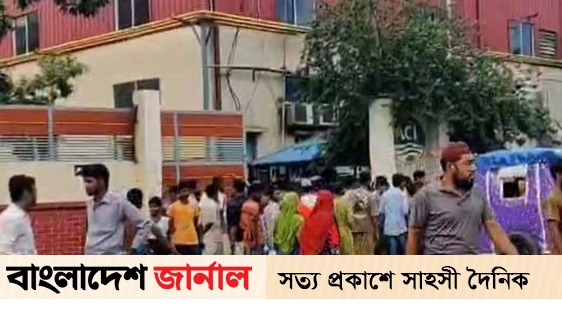
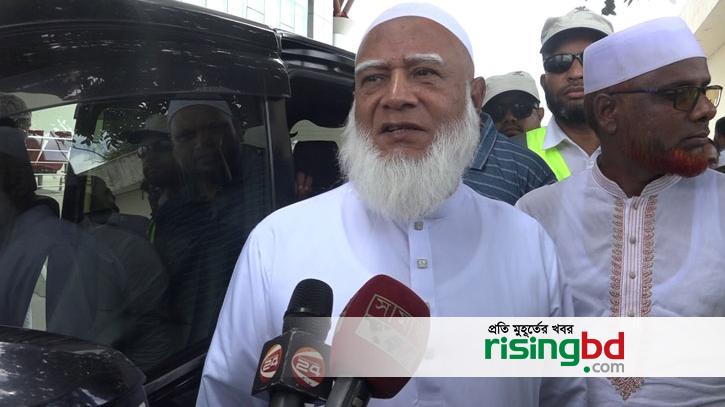




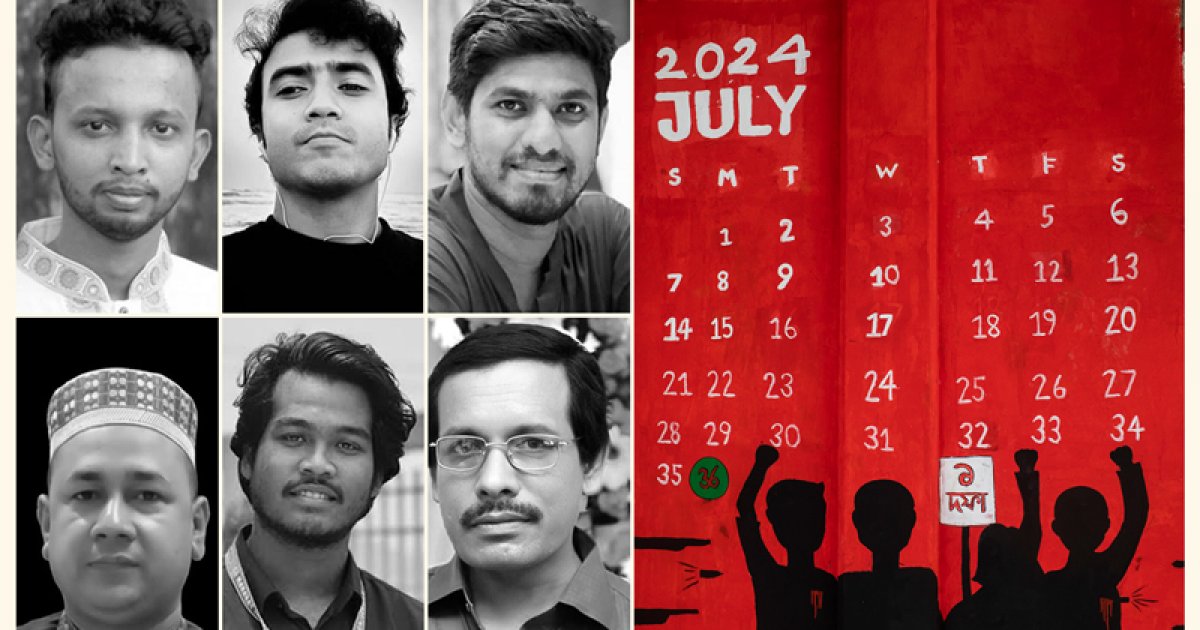

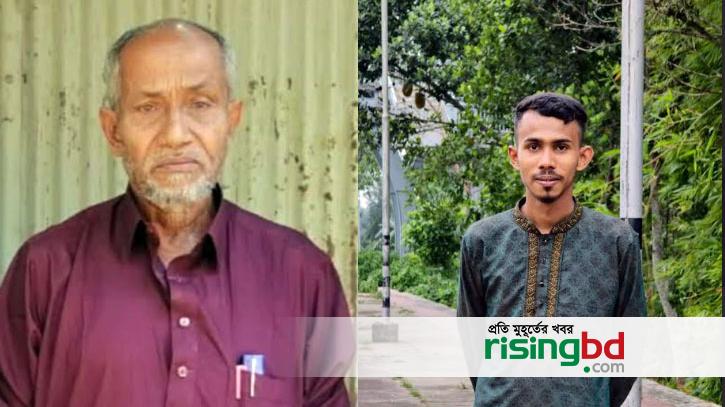

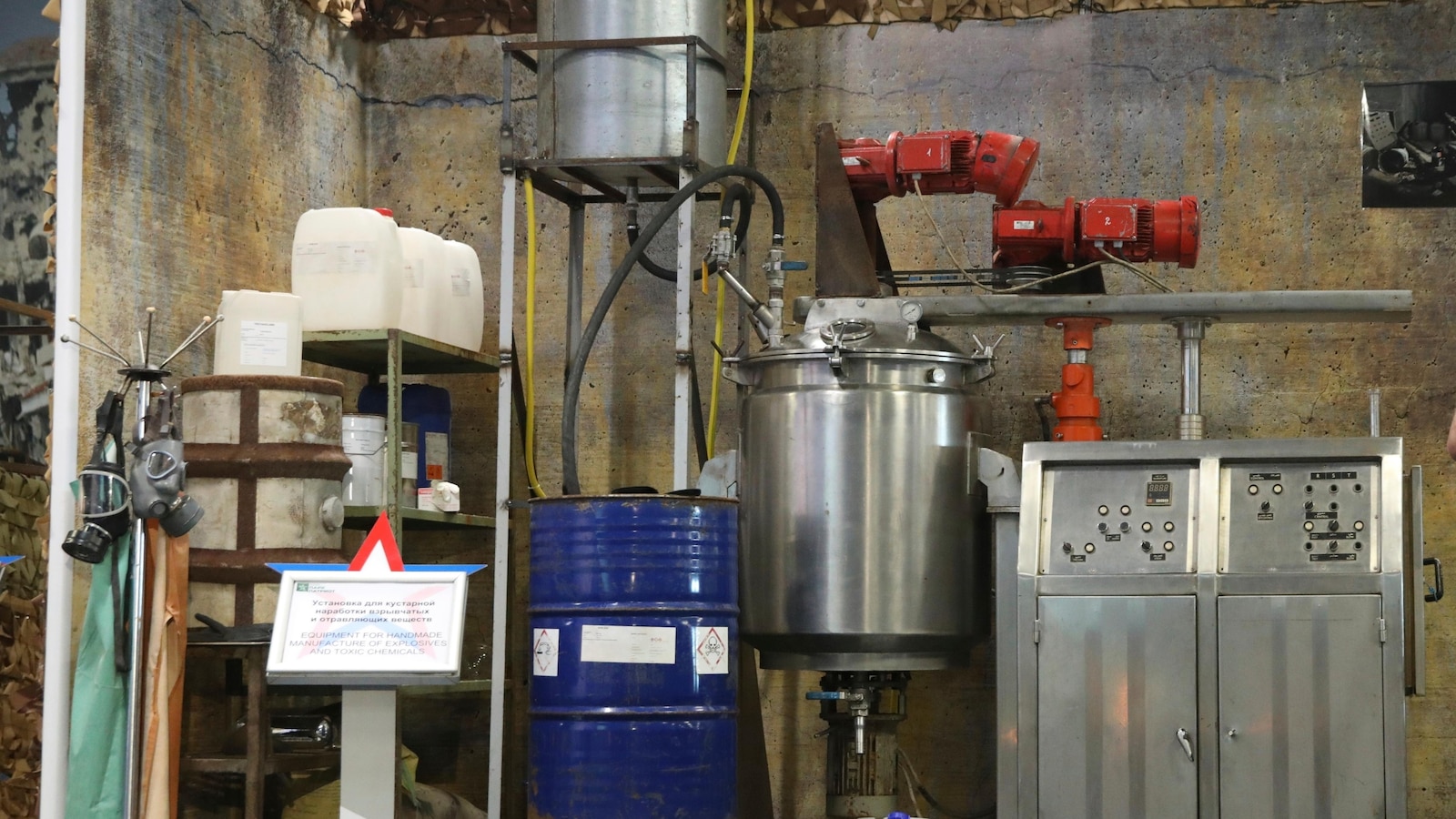


Leave a Reply